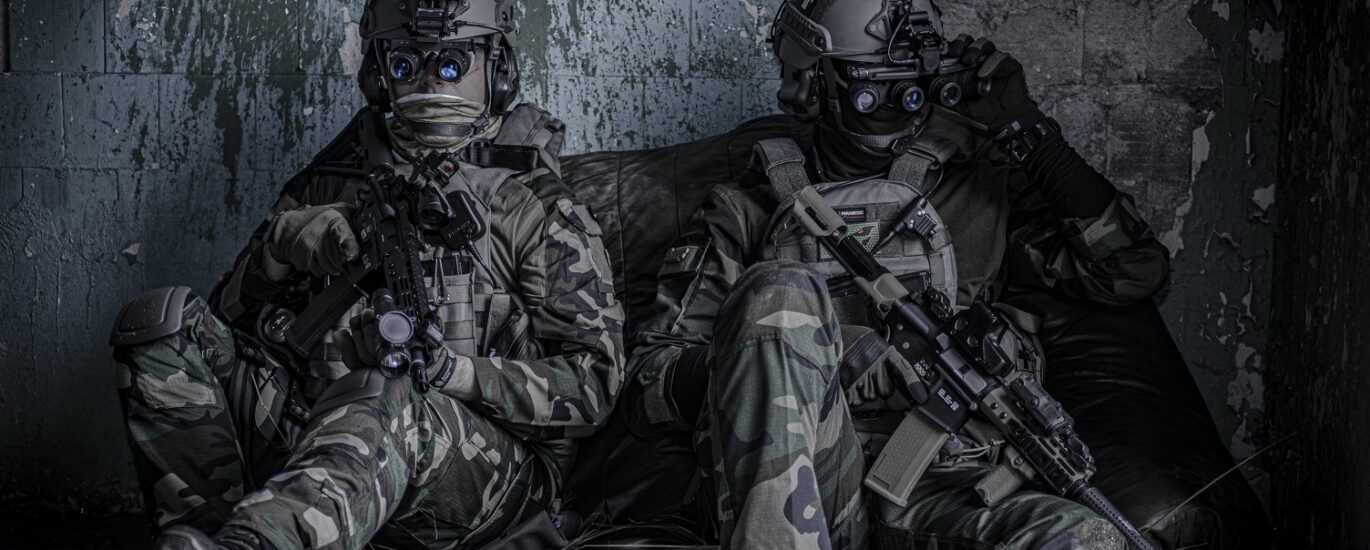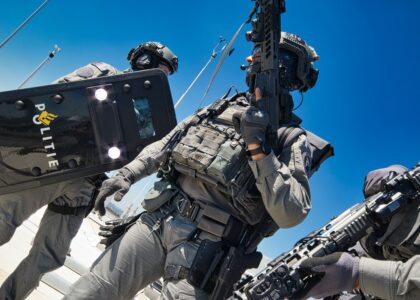When it comes to body armor with plate carrier setups, finding the right balance between weight and performance is essential. Too much weight can lead to fatigue, while an insufficiently protected plate carrier could leave you vulnerable in a dangerous situation. In this blog post, we’ll explore how to find the perfect balance between weight and protection when selecting a body armor with plate carrier setup.
What Are the Benefits of Wearing a Plate Carrier?
A plate carrier is designed to provide maximum protection while still allowing you to move freely. The plates are designed to protect your vital organs from bullets and other projectiles, and also provide extra insulation against cold temperatures. Furthermore, many plate carriers come with pockets or pouches that allow you to store additional equipment like magazines or medical supplies.
How Much Weight Should You Carry?
The amount of weight you should carry depends on several factors including your size, fitness level, and type of mission. Generally speaking, military personnel are advised not to exceed 40 pounds for missions lasting up to four hours. For longer missions, it is best to keep the total load at no more than 70 pounds. It is important to note that these limits only apply when wearing a plate carrier without any other equipment such as rucksacks or helmets.
What Type of Plates Should You Choose?
When selecting plates for your body armor with plate carrier setup, it is important to choose ones that offer both adequate protection and minimal weight. Steel plates are typically heavier than ceramic or polyethylene plates but offer better protection against high-velocity rounds such as rifle fire. On the other hand, ceramic or polyethylene plates are lightweight and can protect against most handgun rounds but may not be able to withstand powerful rifle rounds. It is important to select plates based on the specific threats you may face in the field so that you have adequate protection without sacrificing too much mobility due to excess weight.
Finding the optimal balance between weight and protection when selecting a body armor with plate carrier setup requires careful consideration of several factors including your size, fitness level, mission duration, and potential threats in the field. Steel plates offer superior protection against high-velocity rounds but tend to be heavier than lighter alternatives such as ceramic or polyethylene plates. Ultimately, choosing the right type of plate along with an appropriate amount of equipment will ensure that you have sufficient coverage without compromising mobility due to excessive weight when outfitted with a body armor with plate carrier setup.
For more articles, please click here.






Recent Comments